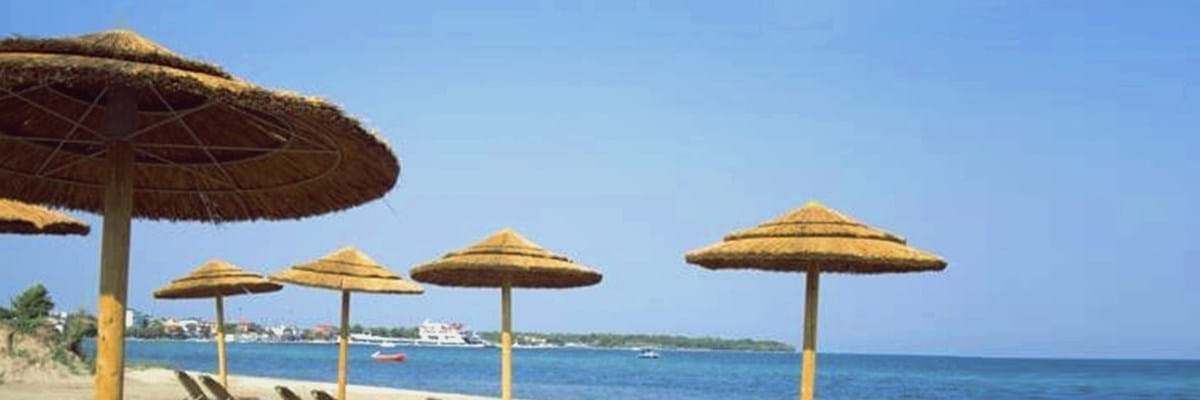Located on the Northwest coast of Thassos lies the major port town of Skala Prinos.
Description
Located on the Northwest coast of Thassos lies the major port town of Skala Prinos. Skala Prinos is located about 17 kilometres from Thassos Town (Limenas) and about 24 kilometres from Limenaria. It has everything you would need such as hotels, restaurants, tavernas, snack bars, cafes, shops and banks.
Skala Prinos is surrounded by several long and sandy beaches. The beaches are shallow in most parts and the water is normally calm. The water is clean and the view of the mainland across from the sea is amazing on clear days. Two of the beaches here have been awarded a Blue Flag.
Who goes to Skala Prinos?
Those who enjoy spending their evenings alfresco with the sound of the waves in the background whilst marvelling at the stunning views on offer.
Destination Profile
There are many wonderful beaches to choose from in Skala Prinos. This resort is home to the second largest port on Thassos, and is overall quite lively with a large variety of things to see and do. There are excellent opportunities for boating excursions and watersports in the area.
Things To See
The coast along Skala Prinos offers a number of unspoilt, beautiful beaches, coves and bays. Dasilio, Etisies, Aphrodite and Platana are lovely beaches with safe waters and excellent facilities such as shops and tavernas. Explore some of the quieter beaches that lie alongside tiny fishing villages such as Skala Rachoni with its original Greek charm still very much in place.
Another point of interest is the famous white marble of Thassos. The exquisite white marble has been the island's major product of export for more than 2,000 years. Pick up a beautiful marble sculpture in one of the many specialist art shops or visit the ancient marble quarries.



